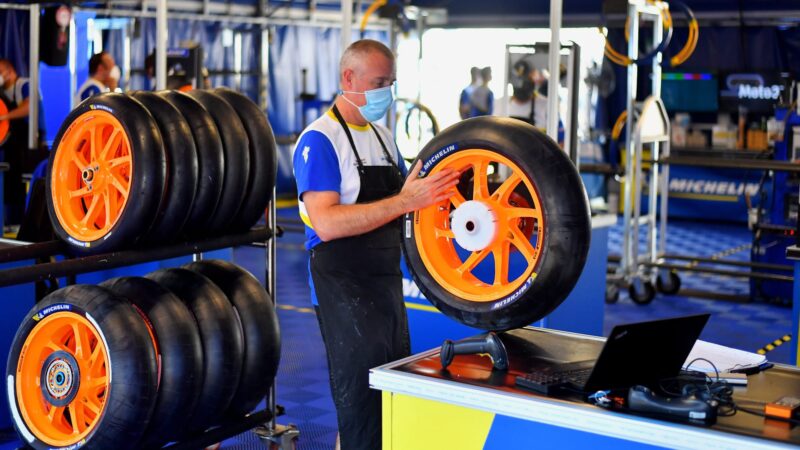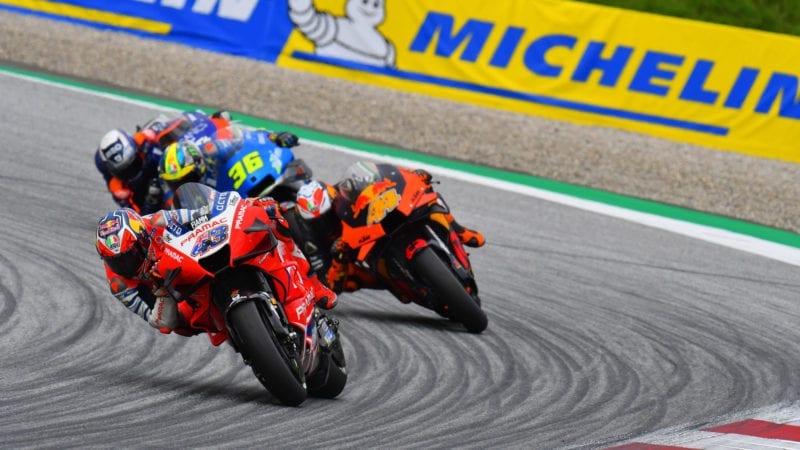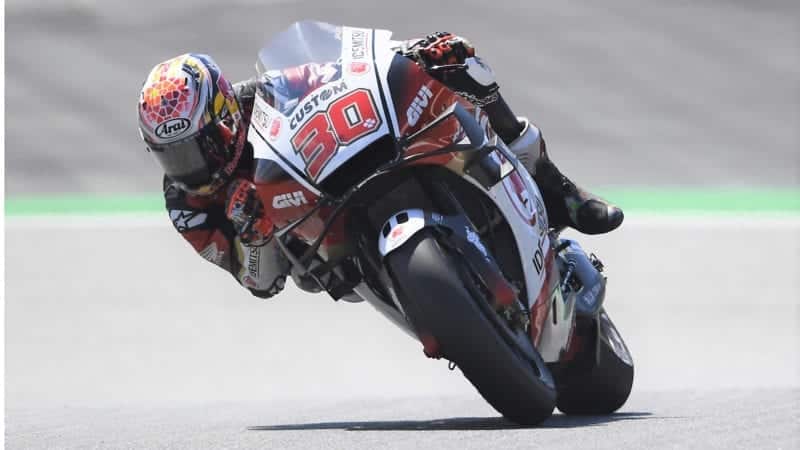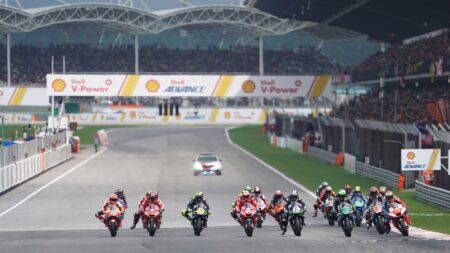Such is life in the 21st century. In the good old days, motorcycle racing was a glorious free for all, when no one worried about riders or bikes going too fast because there was no such thing as too fast.
In the earliest days of the sport – 120 years ago – only one factor was considered in separating different racing classes: machine weight.
Engine capacity classes were the next phase in regulating racing. Then in the late 1960s things started to get out of hand – Honda built a five-cylinder 125cc four-stroke and Suzuki created a three-cylinder 50cc two-stroke – so each grand prix category was further regulated with limits on the numbers of cylinders and gears.
Now hundreds of limits apply to each class, both to the bikes and to the tyres. In the last two decades alone MotoGP’s rulebook has grown from 99 pages (in 1999) to 365 pages now.
The main reason to specifically limit tyre performance is to prevent corner speeds increasing because nowadays there is such a thing as too fast.
If MotoGP bikes keep going faster and faster around corners it won’t be long before the championship’s greatest tracks – Brno, Mugello, Phillip Island – will disappear, because they are already at the limit of run-off.

Front and rear slicks mounted on rims at Michelin paddock HQ during the recent Styrian GP
Michelin
Such are the efforts to limit performance that today’s MotoGP riders go racing with narrower rear wheel rims than Wayne Rainey used to win the 1990 500 world championship. Back then Rainey mostly used a 6.25in or 6.5in rim on his Yamaha YZR500, which made around 160 horsepower.
Today’s MotoGP bikes – which are knocking on 300 horsepower – are limited to rear rims of no more than 6.25in at the rear and 4in at the front.
Each manufacturer is also limited to just two sizes of rim at each end – usually 6in and 6.25in rears and 3.5 and 4in fronts. A wider rim spreads the tyre which changes the profile, usually putting more rubber on the road but at the expense of slower handling. Most MotoGP riders currently use 6.25in rears.
This restriction to two sizes of rim is another result of things getting out of hand, as they do when some teams have lots of money to spend. Back in the final days of the 500s and the early days of MotoGP the richer teams had four or five different rim sizes for both front and rear wheels, which they could use as another tool for adjusting steering, handling and grip. And teams needed perhaps half a dozen rims in each size, which was good business for the wheel manufacturers but a disaster for the poorer teams.
Due to these restrictions and also the natural limits of a motorcycle – you probably don’t need me to tell you that an 8in or 9in rear rim wouldn’t be a good idea if you’re riding around a racetrack – the contact patch available to riders has hardly changed since Rainey ruled the world, despite horsepower nearly doubling.





